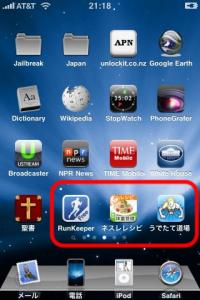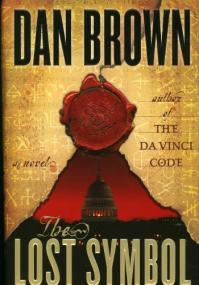
サンタバーバラ紀行: 2010年3月アーカイブ

Popular Culture in Modern Japan undertakes an interdisciplinary investigation of aspects of Japanese popular culture pertinent to the study of modern and contemporary Japan. It explores characteristics of music, advertising, television, animated films, comics, print media and sports in the context of globalization. Teenagers in Hong Kong and Santa Barbara watched Princess Mononoke; authorities in Japan and China screen popular culture for sex and violence; print media in Japan criticize the "Americanization" of the Japanese language; their counterparts in the United States see a dominance of Japanese popular culture which the New York Times Magazine has recently referred to as "Pokemon Hegemon" (NYT Magazine 15 December, 2002).
Popular culture made in Japan
requires particular interrogation in the light of theoretical debates about the
infantilization of present-day societies, authenticity and identity, violence,
gender boundaries and transgressions, class consciousness and nationalism. Our
analysis will deal with the social, political, cultural and aesthetic aspects
of the production and dissemination of popular culture within and beyond the
national borders of Japan. More specifically, we will examine how
representations of popular culture
operate to create and disseminate, reinforce and subvert - rather than merely
reflect - cultural beliefs, conventions and ideas.
Fruhstuck 教授の著作の中には日本語に翻訳されたものもあります。次の本は、自衛官へのインタビューが満載の自衛隊研究です。かなりユニークな本です。


 ということで、体重計の出現により現実を直視させられ、狼狽した私は、数日前から、久々のジョギングを始めています(かなり苦しみながら走っています)。
ということで、体重計の出現により現実を直視させられ、狼狽した私は、数日前から、久々のジョギングを始めています(かなり苦しみながら走っています)。

 ダン・ブラウンの最新刊『ロスト・シンボル』の翻訳が日本で発売されているようです。その関係のニュースも時々目にしますが、私がおもしろいなと思ったダン・ブラウンへのインタビュー記事がありますので、紹介します。インタビュー動画もあり、楽しめます。
ダン・ブラウンの最新刊『ロスト・シンボル』の翻訳が日本で発売されているようです。その関係のニュースも時々目にしますが、私がおもしろいなと思ったダン・ブラウンへのインタビュー記事がありますので、紹介します。インタビュー動画もあり、楽しめます。Q:宗教を信じていますか。
A:監督教会の信徒として育てられたので、子供のころはとても信仰心が篤かったんですよ。その後、中学生のころに、天文学や宇宙論や万物の起源について勉強しました。牧師にこう訊いたのを覚えています。「ぼくにはわかりません。本にはビッグバンという爆発があったと書いてあったのに、ここの教えでは、神は七日で天と地と生き物を創造したことになっています。どちらが正しいんですか」とね。残念ながら「よい子はそんな質問をするものではない」というのが答でした。そのとき、はっきり思いました。聖書の記述はおかしい。科学のほうがずっと合理的だ、と。そしてすぐに宗教から離れました。
Q:いまはどうですか。
A:皮肉なことに、結局もとにもどりました。科学を学べば学ぶほど、物理学が形而上学へ、数が虚数になってしまうのがわかったんです。科学へはいりこむほど足もとがぬかるんでくる。そこで、科学には秩序があるが、スピリチュアルな面もある、と思いはじめたわけです。



since 01/07/2004.
